Regulation
Federal Reserve Meeting Major Highlights and Key Points
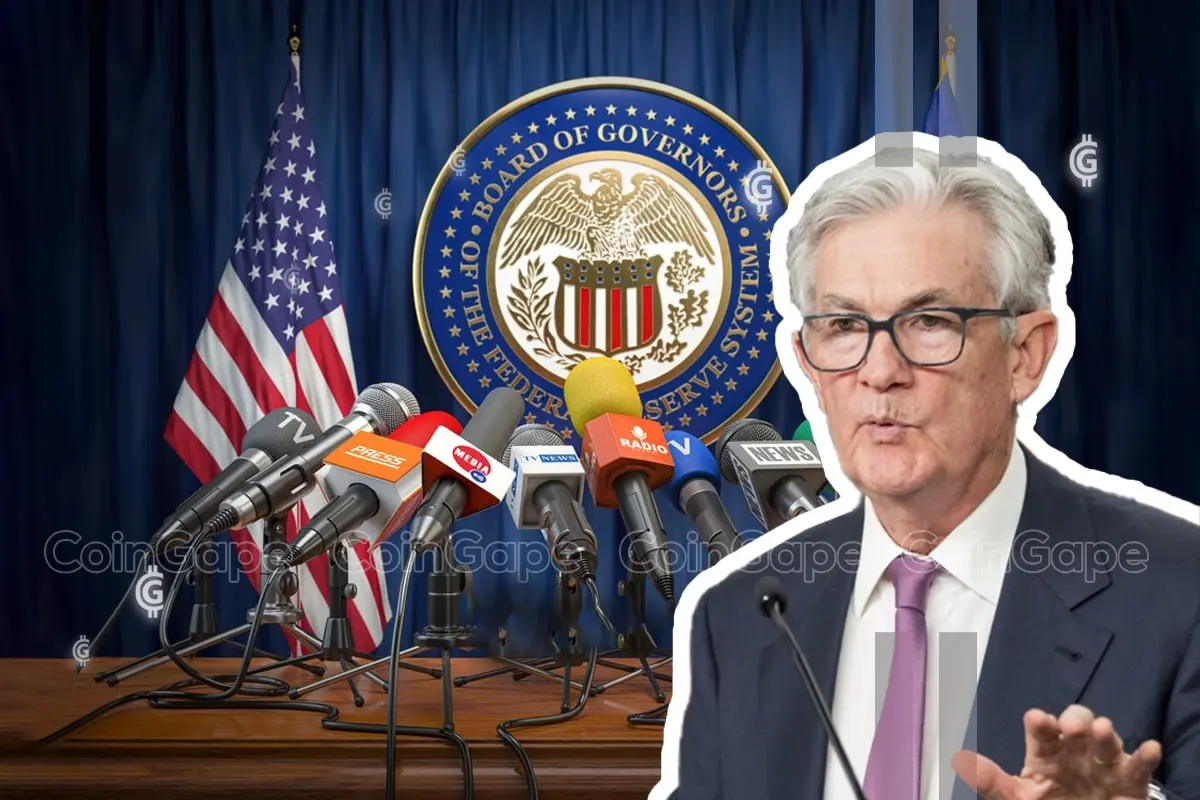
The Federal Reserve lowered the target range for the federal funds rate by 50 basis points on Wednesday. This action brings the rate to a new range of 4.75% to 5.00%, which is the first decline in four years. The decision is in line with the Fed’s policy of ensuring that inflation is kept in check without jeopardising the stability of the economy.
Federal Reserve’s Justification for Rate Cut
The Federal Reserve announced the rate cut citing recent economic figures that pointed to growth at a steady pace, but with some moderation. Although job creation has slowed down and the unemployment rate has risen marginally, inflation is slowly moving towards the Fed’s target of 2%.
The central bank considers the outlook for the economy as still cloudy however, it views the risks to achievement of the dual mandate as evenly split.
Chair Jerome Powell noted that this decision is a small step to fine-tune policy to help maintain economic conditions. He told the market that the Fed is still determined to meet its employment and inflation targets. In addition, the Fed is likely to go on reviewing the data flow and may change the course of its policy should new economic circumstances occur.
Powell’s Perspective on the Economic Landscape
Jerome Powell noted that the US economy is healthy, and the economic growth is expected to remain strong. Inflation is gradually coming down while the labor market remains robust even as job creation slows down.
The Fed Chair emphasized that the Fed’s goal is to return inflation to its target level without causing a sharp increase in unemployment, which is typical for disinflation.
The head of the central bank also added that the low interest rate environment that has been observed in the previous years is not expected to continue in the future. Powell admitted that the neutral rate – the interest rate that does not stimulate or hinder economic growth– could be much higher now but it is still unclear just how high it is. This shift is a break from previous monetary policies that have involved extended periods of near-zero interest rates.
Reactions to the Federal Reserve’s Decision
However, the rate cut was not supported by all members of the Federal Open Market Committee (FOMC) as the Fed Governor Michelle Bowman voted for a 25 basis point cut. Nevertheless, the Fed Chair stressed that there was consensus within the committee regarding the need for policy change. He stressed that the decision would be taken from one meeting to another, considering the current and forecasted trends.
Some of the investors have been supportive but many of them have raised their concerns that the 50 basis points cut was too much. Financial markets expressed their reaction with keen interest with the S&P 500 and the Dow Jones setting new highs after the announcement. However, concerns over the size and the time of the cut diminished the rally, as some think that the economy is still quite healthy and did not necessitate such a deep cut.
Yes, that’s what the stock market wanted from the #FOMC This is the S&P 500. pic.twitter.com/O6FKSdRfEY
— John Authers (@johnauthers) September 18, 2024
Moving forward, the Federal Reserve’s Summary of Economic Projections (SEP) indicates that interest rates may fall even more in 2025 and 2026. According to the SEP, rates could be at 4.25% to 4.5% by the end of this year with more possible cuts to follow. According to its current forecasts, the central bank expects interest rates to reach 2.9% by 2026, which may suggest a further softening of monetary policy.
While the Fed decided to decrease rates, Jerome Powell noted that this does not mean that the same trend will persist in the future. He emphasized that each decision will be made based on current and future economic conditions and information. Thus, the market participants should not anticipate the central bank to deliver similar decisions at the subsequent meetings.
Labor Market and Inflation Considerations
The Federal Reserve has also paid keen interest to the labor market leading to this rate cut. As the Fed Chair pointed out, although job creation has decelerated in the past few months, the labor market is still very close to full capacity. However, the Fed is keeping a close eye on these trends, as a sharp decline in job growth could be indicative of an economic decline.
Concurrently, inflation remains the primary concern for the Federal Open Market Committee (FOMC). The Fed Chair stated that, according to the PCE price index, inflation is projected to decline to 2.2% in August from 2.5% in July. This action takes inflation rate nearer to the Fed’s 2% target, thus strengthening the Fed’s stance on the policy adjustment.
Despite the positive signs, some experts worry that the Fed might be acting too quickly. They argue that the U.S. economy remains robust, with unemployment still relatively low, and that further easing could spark unnecessary risks, such as asset bubbles or overheating in certain sectors. Nevertheless, Jerome Powell maintained that the Fed’s approach has been patient and that its decision to cut rates reflects confidence in inflation’s steady decline.
Disclaimer: The presented content may include the personal opinion of the author and is subject to market condition. Do your market research before investing in cryptocurrencies. The author or the publication does not hold any responsibility for your personal financial loss.
Regulation
“Crypto Dad” Chris Giancarlo Emerges Top For White House Crypto Czar Role
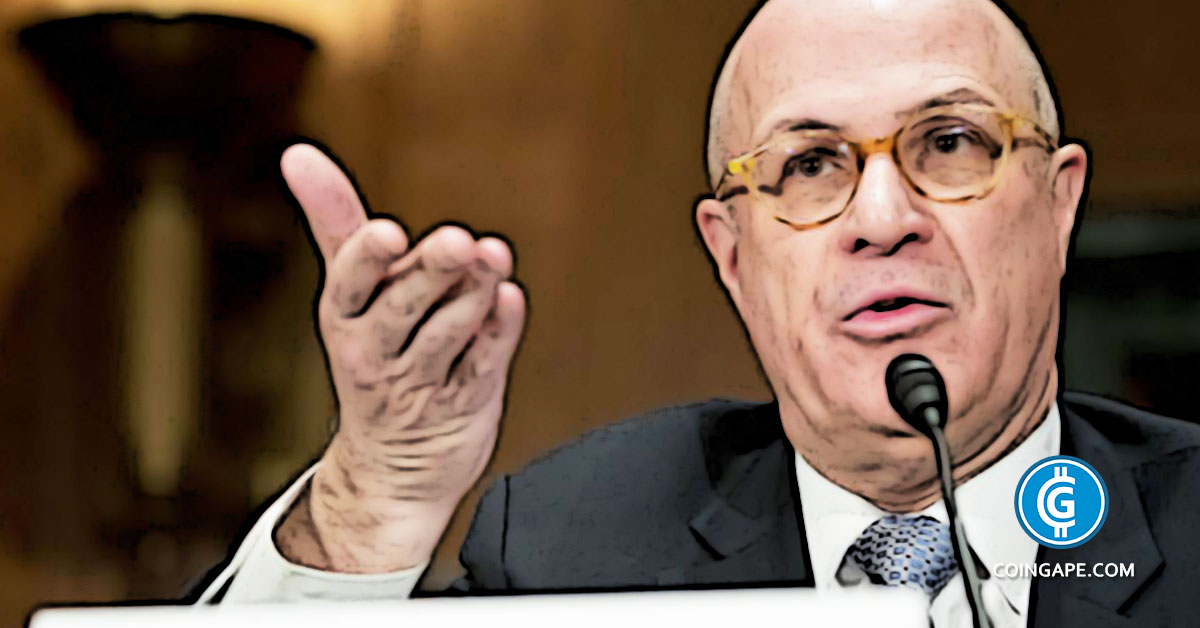
Chris Giancarlo, widely known as “Crypto Dad,” has emerged as the leading candidate for a newly proposed role of crypto czar in the White House under President-elect Donald Trump’s administration. The potential appointment underscores a strategic effort to advance crypto regulations and foster blockchain innovation in the United States.
This proposed position would be the first of its kind in the White House, aiming to bring clarity to the growing $3 trillion digital asset market. Chris Giancarlo, the former Chair of the Commodity Futures Trading Commission (CFTC), is known for his progressive approach to digital currencies and blockchain technologies.
Chris Giancarlo Leads Race for White House Crypto Czar Role Under Donald Trump
According to a Fox Business report, Chris Giancarlo is the top contender for the position of White House crypto czar, a role being considered by the Trump transition team to streamline crypto regulations and foster blockchain development.
As CFTC Chair from 2017 to 2019, Chris Giancarlo oversaw critical advancements in the digital asset space. This includes the launch of the first Bitcoin futures. He later co-founded the Digital Dollar Project, a nonprofit initiative exploring the potential of a U.S. central bank digital currency (CBDC). Giancarlo’s regulatory expertise and understanding of digital innovation position him as a key figure in shaping the future of the crypto sector.
The Trump administration aims to utilize this position to address industry concerns over the Biden administration’s perceived heavy-handed enforcement. The crypto czar would also collaborate with federal agencies to establish a framework for the $180 billion stablecoin market and enhance the overall regulatory landscape for blockchain and digital currencies.
Trump’s Strategic Approach to Digital Asset Policy
President-elect Donald Trump has expressed plans to make the U.S. a global leader in cryptocurrency and blockchain innovation. Part of this strategy includes appointing a crypto czar to advance policies to support the industry’s growth.
Trump has also proposed the establishment of a presidential crypto advisory council to address ongoing regulatory challenges. This initiative aims to align federal policies with industry needs, fostering a competitive environment for blockchain businesses. The council will explore the creation of a Bitcoin reserve as part of the administration’s broader crypto policy agenda.
The transition comes as current SEC Chair Gary Gensler announced his resignation effective January 20, 2025, coinciding with Trump’s inauguration. Gensler faced criticism during his tenure for his enforcement-driven approach to crypto regulations.
Amid speculation, Chris Giancarlo clarified that he is not pursuing the SEC Chair role. Giancarlo said in a recent statement,
“I’ve already cleaned up earlier Gary Gensler mess at the CFTC and don’t want to have to do it again.”
His focus remains on advancing crypto-friendly policies through a potential new role. According to the report, the “Crypto Dad” stated,
“I would be honored to be considered for the role.”
The creation of the crypto czar position could mark a pivotal moment in the evolution of U.S. crypto policy. With Chris Giancarlo leading the race, the industry anticipates advancements in crypto regulations under the new administration.
Disclaimer: The presented content may include the personal opinion of the author and is subject to market condition. Do your market research before investing in cryptocurrencies. The author or the publication does not hold any responsibility for your personal financial loss.
Regulation
UK to unveil crypto and stablecoin regulatory framework early next year
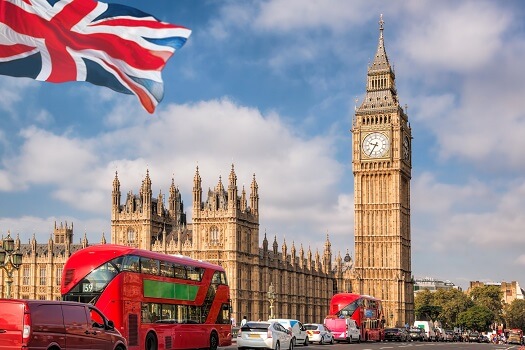

- The UK will introduce unified crypto regulations, including stablecoins, in early 2025.
- New rules aim to simplify oversight and avoid restrictive staking classifications.
- Labour government aims to compete with EU’s MiCA rules and US pro-crypto policies.
The United Kingdom is set to introduce a comprehensive regulatory framework for cryptocurrencies, stablecoins, and crypto staking services in early 2025, marking a pivotal shift in its approach to digital assets.
The announcement was made by the Economic Secretary to the Treasury Tulip Siddiq at City & Financial Global’s Tokenisation Summit in London on November 21.
Initially slated for December 2024, the regulatory rollout was delayed due to the change in government following the election of Prime Minister Keir Starmer’s Labour administration in July 2024.
The upcoming UK crypto regulatory framework
The upcoming framework consolidates regulations for crypto assets into a single, overarching regime, a decision Siddiq described as “simpler and more logical.”
The framework aims to provide clarity in a rapidly growing sector that has faced uncertainty in the UK.
Stablecoins will receive distinct treatment under these regulations, as their functionality does not align with existing payment services rules.
Siddiq highlighted that staking services would also avoid being designated as “collective investment schemes,” a classification that could impose burdensome restrictions.
UK aims to align with the global crypto regulatory landscape
The UK government’s renewed focus on digital asset regulation comes as it seeks to align with global developments. The European Union’s Markets in Crypto-Assets (MiCA) regulations will be fully enforced by the end of 2024, offering regulatory certainty that has positioned Europe as an attractive market for the crypto industry.
Meanwhile, the US, under President Donald Trump’s administration, has adopted a markedly pro-crypto stance, including the establishment of a White House “crypto czar” and SEC Chair Gary Gensler’s planned departure in January 2024.
The Labour government has shown its intent to catch up with international competition. In September 2024, it introduced a bill recognizing NFTs, cryptocurrencies, and carbon credits as property.
The new regulatory push reflects the UK’s ambition to regain credibility as a crypto hub while addressing criticisms of the Financial Conduct Authority’s perceived stringent oversight.
By delivering a robust, streamlined framework, the Labour government aims to bolster the UK’s standing in the multibillion-dollar crypto industry.
Regulation
Gary Gensler To Step Down As US SEC Chair In January
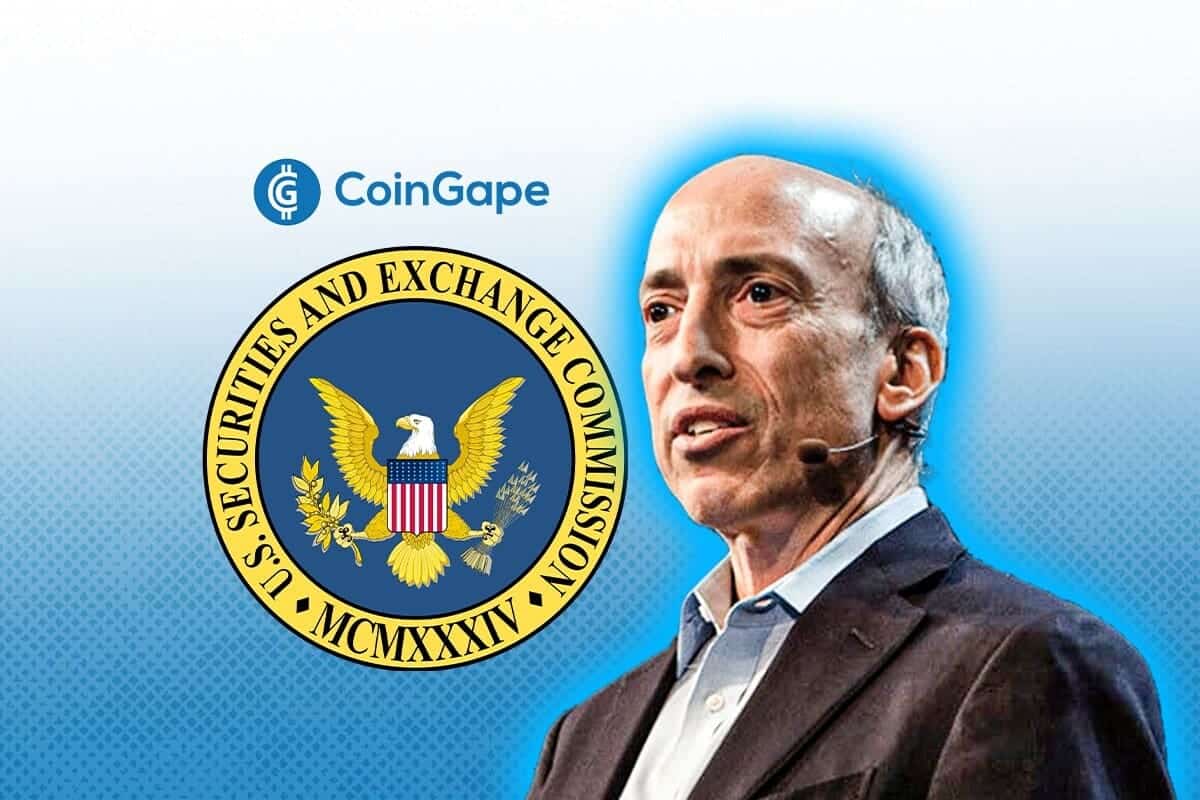
In a recent development, the US Securities and Exchange Commission (SEC) announced that Gary Gensler will step down from his position next year. This follows calls for Gensler to resign since Donald Trump won the US presidential elections.
Gary Gensler To Step Down As US SEC Chair
The US SEC announced in a press release that Gary Gensler will depart the Agency on January 20, 2025. The US SEC Chair also confirmed this development in an X post. Interestingly, this comes on the same day that Donald Trump will be inaugurated as the 47th president of the United States.
Following the announcement, Gensler also used the opportunity to reflect on his time at the Commission. He remarked that it has been an “honor of a lifetime” to serve alongside those at the SEC. He also thanked President Biden for the opportunity to serve in the position. Gensler has been the US SEC Chair since April 2021. During his time, he has spearheaded several litigations against the crypto industry.
This includes the long-running legal battle with Ripple, which Gensler took over from his predecessor Jay Clayton, which bordered on whether XRP was a security. Up till now, the Agency continues to reiterate this ‘digital asset securities’ claim.
Disclaimer: The presented content may include the personal opinion of the author and is subject to market condition. Do your market research before investing in cryptocurrencies. The author or the publication does not hold any responsibility for your personal financial loss.
-

 Market22 hours ago
Market22 hours agoThis is Why MoonPay Shattered Solana Transaction Records
-

 Ethereum19 hours ago
Ethereum19 hours agoFundraising platform JustGiving accepts over 60 cryptocurrencies including Bitcoin, Ethereum
-

 Market24 hours ago
Market24 hours agoDogecoin (DOGE) Price Momentum Weakens Despite Rally
-

 Altcoin24 hours ago
Altcoin24 hours agoCrypto Analyst Says Dogecoin Price Has Entered Parabolic Surge To $23.36. Here Are The Reasons Why
-

 Market23 hours ago
Market23 hours agoSteady Climb Toward New Highs
-
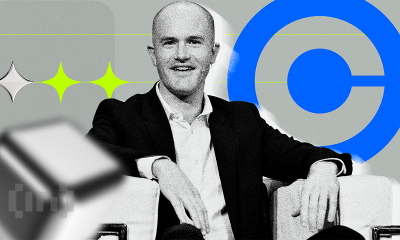
 Market20 hours ago
Market20 hours agoCardano’s Hoskinson Wants Brian Armstrong for US Crypto-Czar
-

 Altcoin21 hours ago
Altcoin21 hours agoBTC Reaches $97K, Altcoins Gains
-

 Market15 hours ago
Market15 hours agoSouth Korea Unveils North Korea’s Role in Upbit Hack



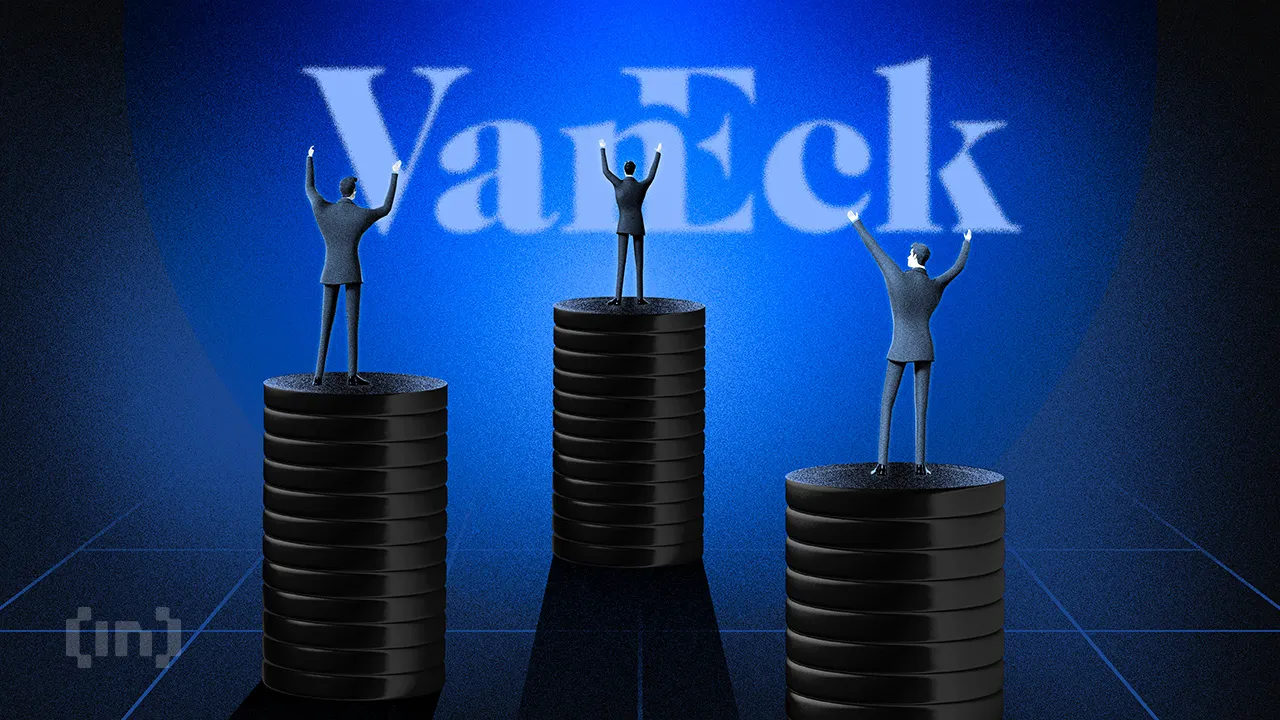















✓ Share: